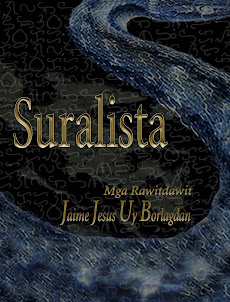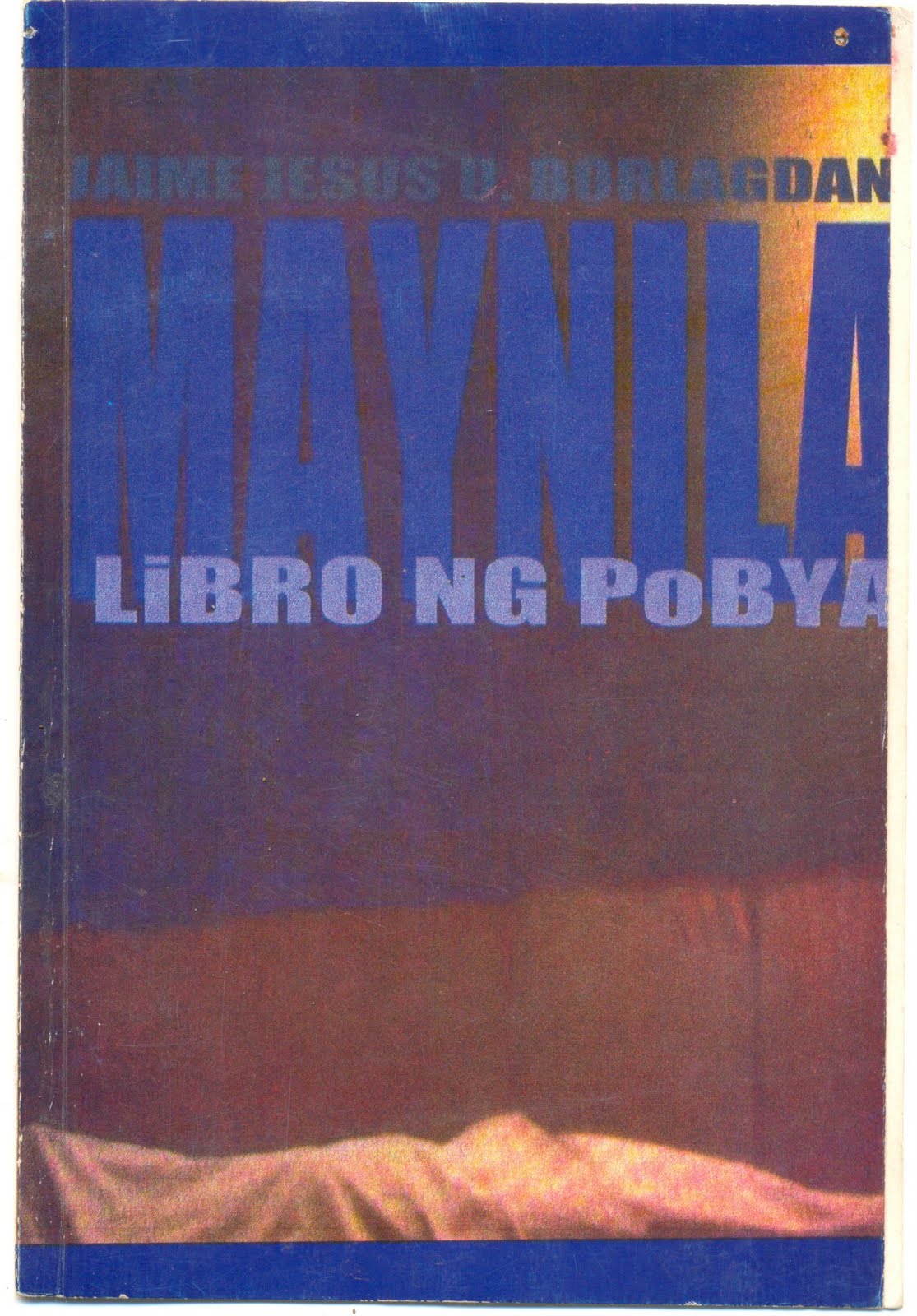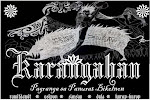Sa ospital, sa terminal ward, sa tulong magkataraning na
kama:
Pasyente 1: Ssst! Padi, nag-agi na su magayon na nurse?
Pasyente 2: Inda. Iyo na garo. Minamata pa man sana ako.
Haputa na si Santos.
Santos: (Pinundo su pag pangadyi) Iyo na. Tururugon kamo.
P 1: ‘Tang lapa! Dai ko na naman nahiling!
P2: Lapaon man si Santos! Pag arog ngani kaan pukawon mo
kami. Isadiri mo man ugaring.
Santos: Nata ano man kun mahiling nindo?
P1: Ano pa man. May pig-isip-isip lamang. Kaysa man
pagparaisipon ining sitwasyon ta. Ikakabua ko!
P2: Matigmaok na ngani kita, anas pa sakit pigsasapar ta.
Santos: Matigmaok na ngani kita, anas pa basura pig-iisip
ta.
P2: Nata ano man palan dapat isipon? Na mapaiton an kastang
bulong? Na simpleng pag-ti’ris kaipuhan pa iniksyunan ngani dai mamati na garo
pigpiripit an kastang ayot?
P1: Ini kaya si Santos habo ki siram, santos ngani. Su
pigpaparako baga an sa krus. Haputa daw ngani an Diyos mo kun nata dawa
uru-aldaw ka ki ngurob-ngurob diyan dai ka lamang ibulong!
Santos: O sige. Sabihon tang nagkamilagro buda nakatindog ka
diyan sa nahihigdaan mong solo. Buda sabihon tang grabe su milagro ta
napatindog mo su lapit mong dai ki tabang ki dawa ano. Buda sabihon ta nang
labi-labi su milagro na apisar kan bata kan helang na nagsasangaw diyan sa
ngaspak mo, sa lambang hangos mo, sa
likido na nagdadalnay sa kada posibleng luho kan nalalapa mo nang lawas,
napatugot mo su nurse na kayuon ka, mababago mo daw an katotoohan na dawa anong
oras pwede ka nang magadan?
Silensiyo.
P2: An mga kriminal
ngani, ba’go bibitayon ipakaon ki masiram.
P1: Huni kaya si Santos an trip kaini sakit.
Santos: Iyo baga, ibadat an kriminal, pero nata,
pag-ipatukaw na baga sa silya elektrika, gabos na siniba niya, isuka man sana.
Sa takot magadan.
P2: Dai mo man mahahali an takot na magadan. Sisay man an
bakong takot magadan? Ika?
Santos: Takot ako magadan, pero mas takot ako mabuhay digdi
gilayon...(Nagbukas su pinto) O, huyan na su nurse nindo...







